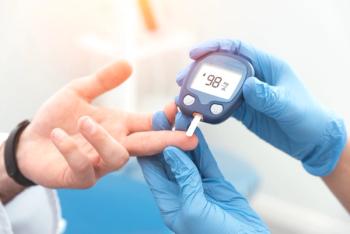
Falling circumcision rate raises medical costs
The steadily declining rate of circumcision in US newborn boys could add more than $4.4 billion in avoidable health care costs for treating the increasing cases of sexually transmitted infections and related cancers among uncircumcised men and their women partners over the next decade. More >>
The steadily declining rate of
Circumcision rates have fallen from about 79% in the 1970s and 1980s to 55% in 2010. During this period, 18 states have eliminated Medicaid coverage for circumcision of infant boys.
Researchers at
The analysis showed that if circumcision rates of US infant boys dropped from the current level to 10%, the average rate in Europe, lifetime medical costs for circumcision-reduced infections would increase by $407 for each man and by $43 for each woman. Net health care costs for each annual birth cohort would increase by more than $505 million, an increase of $313 for each foregone circumcision. Increased prevalence of HIV infection of men would represent nearly 80% of the increase in health care costs.
In a male birth cohort, there would be an expected 12% increase in the prevalence of HIV infection, a 29% increase in human papillomavirus infection, a 20% increase in herpes simplex virus infection, and a 212% increase in urinary tract infections in boys. Among women, there would be 51% more cases each of bacterial vaginosis and trichomoniasis. The number of new infections with the high-risk form of human papillomavirus, which is closely linked to cervical cancer, would increase by 18%.
A revised
Newsletter
Access practical, evidence-based guidance to support better care for our youngest patients. Join our email list for the latest clinical updates.














